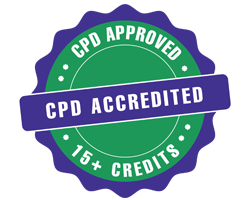Harm Minimization in Substance Use Treatment
Harm minimization focuses on reducing the adverse effects of substance use without necessarily requiring abstinence. This approach acknowledges the challenges of complete cessation and promotes safer practices among users. Key strategies include needle exchange programs, supervised consumption sites, and opioid substitution therapies like methadone or buprenorphine. Education on overdose prevention and access to naloxone are critical components of harm reduction. Additionally, fostering a nonjudgmental environment helps build trust and engagement among individuals with substance use disorders. By prioritizing health and dignity over punitive measures, harm minimization offers a pragmatic pathway to improving public health and reducing substance-related harm.

Nile Stanley
University of North Florida, United States
Ann Marie Leonard Zabel
Curry College, United States
Edie Raether
NeuroShifts and Wings for Wishes Academy, United States
John Michael Weber
Open Door Mission in Houston Texas, United States
Owonaro Peter
Bayelsa State Drug Avuse Addiction Prevention and Rehabilitation Committee (BADAPARC), Nigeria
Sindu Padmanabhan
Bharathiar University, India




Title : Integrating bibliopoetry therapy and digital health technologies for inflammation management: A neuropsychosomatic perspective
Nile Stanley, University of North Florida, United States
Title : Evaluation of prevalence and pattern of tobacco use in yenagoa city in bayelsa state south of nigeria
Owonaro Peter, Bayelsa State Drug Avuse Addiction Prevention and Rehabilitation Committee (BADAPARC), Nigeria
Title : Engaging learners through gamification, creativity, and human-centered design
Tero Moliis, Versantium, United States
Title : Neuropharmacological and regulatory drivers of tianeptine misuse in the united states: A growing public health concern
Darcy Tocci, NSU College of Pharmacy, United States
Title : Awakening sovereignty within: Healing trauma, releasing codependency, and returning to self-trust
Whitney Walker, Mental Health Therapist/ Podcast Host, United States
Title : You can save a life: Real conversations, real solutions for suicide prevention
frank King, The Mental Health Comedian, LLC, United States